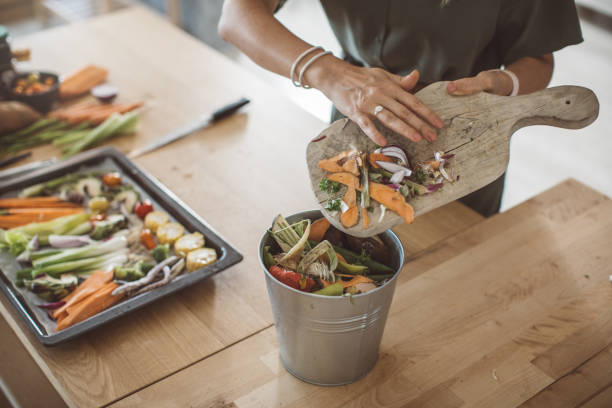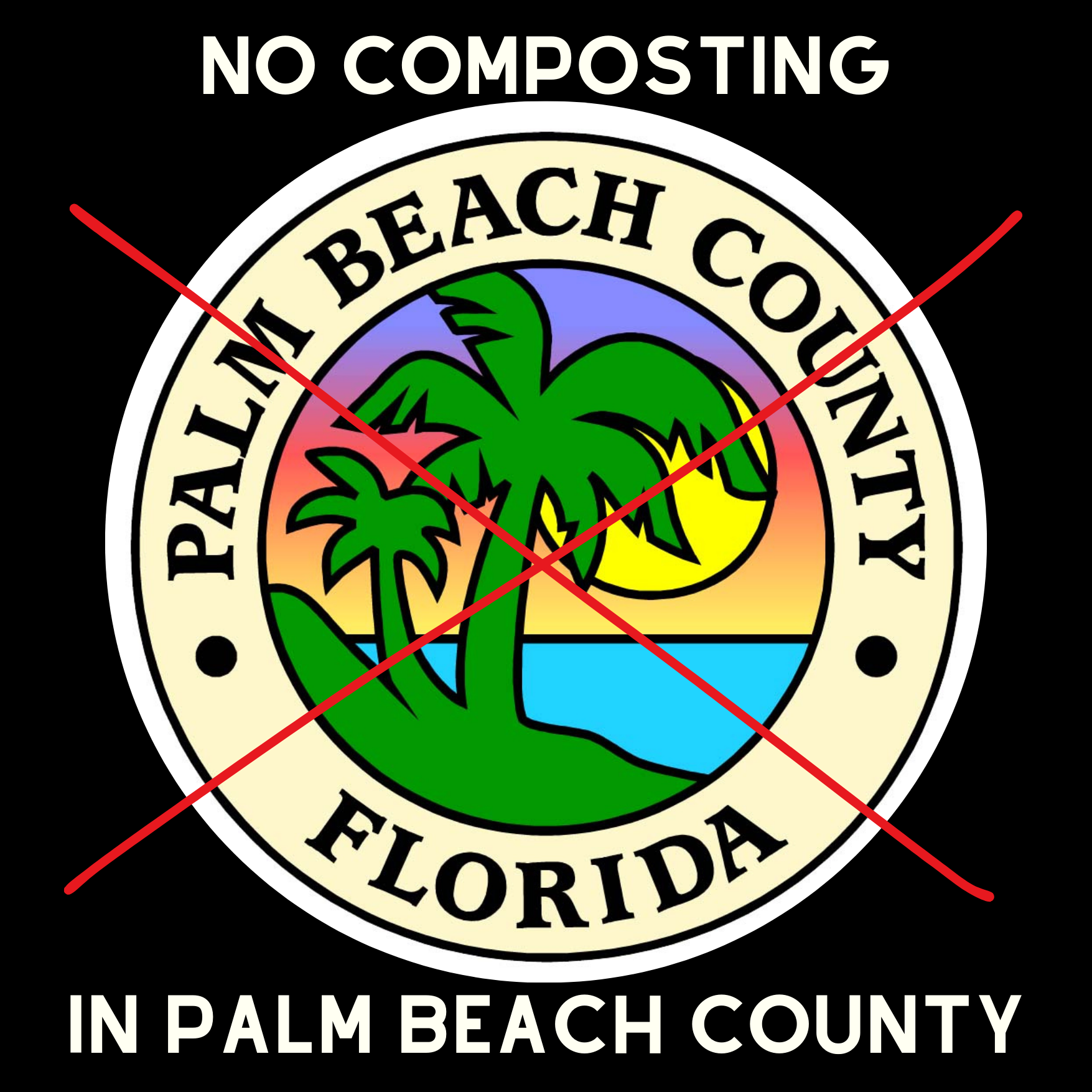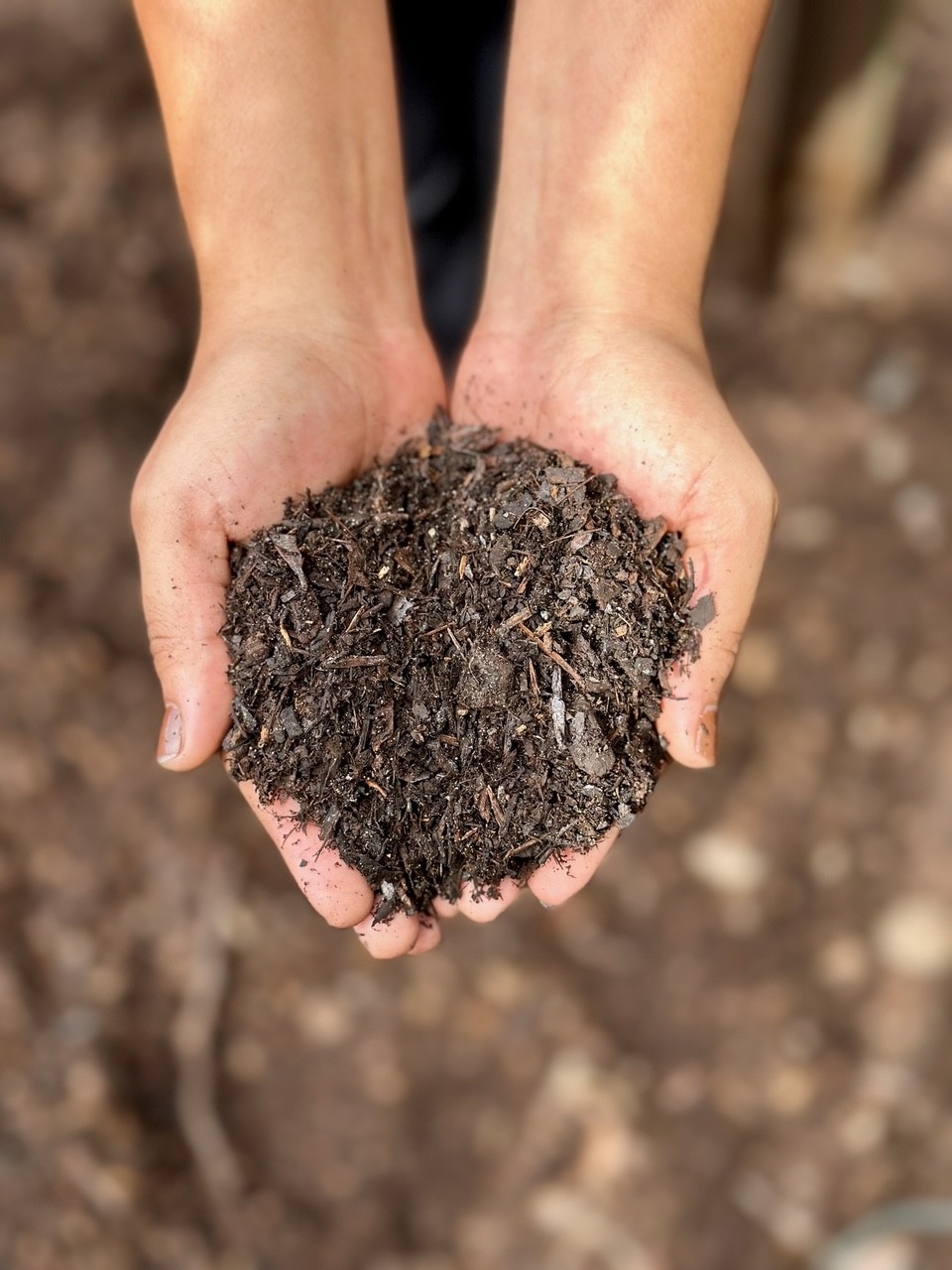Thinking of DIY Home Composting? Space, Time, and Temperature Management requirements and considerations
Xavier DeRoos
June 26th, 2024

Composting is often hailed as a sustainable way to reduce waste and enrich soil, and rightfully so! It's a process that nature performs effortlessly over a long period of time, but when it comes to replicating it at home, there can be significant challenges that make it harder than it may seem.
One of the biggest hurdles after understanding the composting processes is achieving and maintaining the right conditions for the "microbe-party" that is a compost pile, particularly reaching and maintaining the temperatures necessary to ensure safe decomposition.
Here’s why DIY composting at home, can also be so challenging: specifically while aiming to ensure that the Process to Further Reduce Pathogens (PFRP) is met in order to prevent vectors like Samonella and E. coli, flies, bugs, and bad smells from becoming problematic in your home or garden. The requirement for PFRP conditions to be met in most backyard composting systems, is that the pile must reach and maintain the critical 131 degrees Fahrenheit (55 degrees Celsius) for 15 days while also being turned at least 5 times during that time. This is important for anyone that wants to be sure that their compost will not pose a future threat to their garden harvest, and although it may be daunting, it is possible. Here are some things to think about weather youre just getting started with composting or you want to improve your existing composting process.
- Space Constraints:
Composting requires ample space for multiple stages of the process. At a minimum, there needs to be room for the separate piles going through the different levels of composting: the means a storage space for bulk carbon materials like tree mulch or dry leaves, a pile being built with fresh organic matter and food, an actively composting pile, a curing pile, and one that has been sifted and is ready to use.
Managing these stages effectively requires sufficient space for turning, aerating, and maintaining proper heat distribution. Our estimate is a minimum of 20'x 4' of space for all of these stages.
To effectively maintain temperatures, each active compost pile needs to be at least 1 cubic yard in size (3'x'3'x3'). This allows for enough biomass to house and feed enough of the microorganisms that break down the biological material. These organism's activity, reproduction, and body heat is what leads to the high tempturates needed for achieving PFRP. I tell people that proper composting is really just "microbe farming" because our goal is to turn each microbe into 1 million every 24 hours.
Remember; never add new materials to a pile that is actively composting, otherwise it is recommended to restart the PFRP monitoring process.
- Time and Commitment:
Successful composting demands some consistent effort and attention to detail throughout the composting cycle.
Regular turning and monitoring of each compost pile stage are essential to aerate materials and distribute heat evenly. Usually it is reccomended to monitor the temperatures and turn the active piles daily to reintroduce fresh air to the mix to help the microbes continue their work of decomposition and help maintain the temperatures necessary to eliminate pathogens effectively. At Renuable, we use ReoTemp products, and a decent beginner compost thermometer to get started costs around $30-$40 and is readily available online.
Given the required stages and processes of properly managing the piles, consistently dedicating time to manage these tasks regularly can be challenging for some individuals to maintain long-term due to busy schedules, other priorities, and weather considerations. Often, we find people who sign up for our compost pick- up or drop- off services who had composted DIY previously but couldn't keep up with the management of the compost piles, yet they did not want to see their food scraps go to waste at the landfill.
- Temperature Management:
Temperature control is crucial for successful composting, especially for achieving PFRP standards. Maintaining a compost pile at or above 131 degrees Fahrenheit for a sustained period is necessary to ensure pathogens are sufficiently reduced. This requires careful monitoring of moisture and oxygen levels, and balancing the carbon-to-nitrogen ratio in the materials. In general if a compost pile is not heating up enough, it needs either more material (1 cu yd or more),
Alternative Solutions:
For those facing the decision to take on the challenges with home composting and are looking at their options, alternative solutions such as community composting programs can be beneficial. Organizations like ours Renuable offer Community Compost Programs with comprehensive composting services tailored to residents, businesses, and large events. Our programs provide convenient options for composting responsibly but without the space, time, and management challenges associated for people with home DIY composting. These options ensure organic waste is diverted from landfills and converted into valuable compost that enriches local soil health.
Conclusion:
Home DIY composting is a rewarding endeavor that requires careful planning, space management, and consistent effort to achieve effective results. For many individuals, community composting programs offer accessible and sustainable alternatives to manage organic waste responsibly. By supporting such initiatives, individuals contribute to reducing waste and promoting soil health without the logistical challenges of home composting. These programs provide an opportunity to participate in sustainable practices and make a positive impact on the environment.
.jpg)

